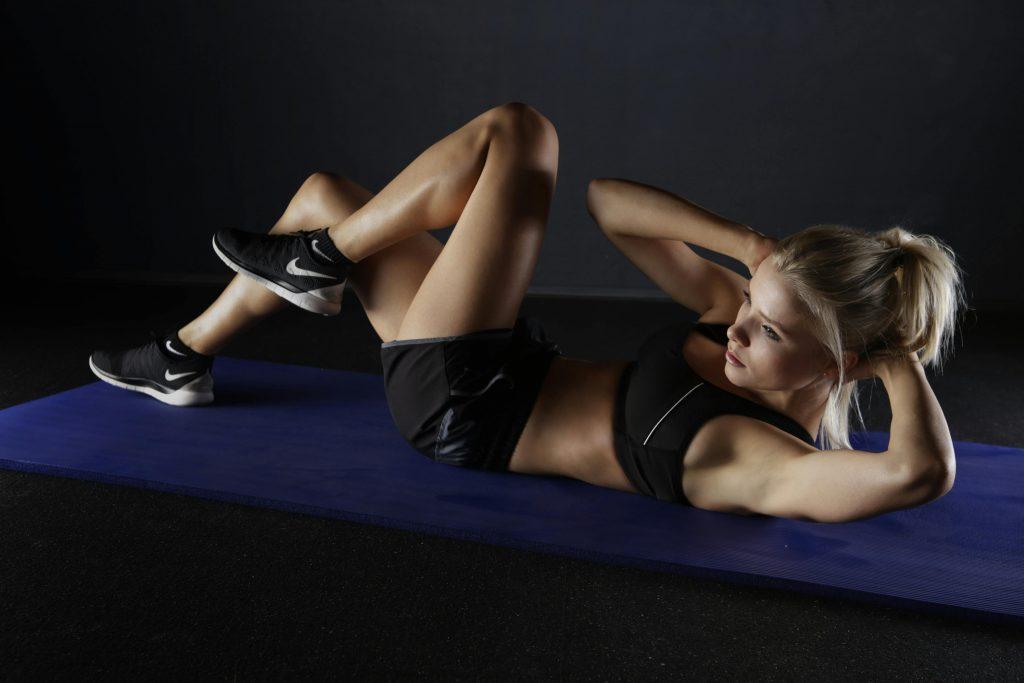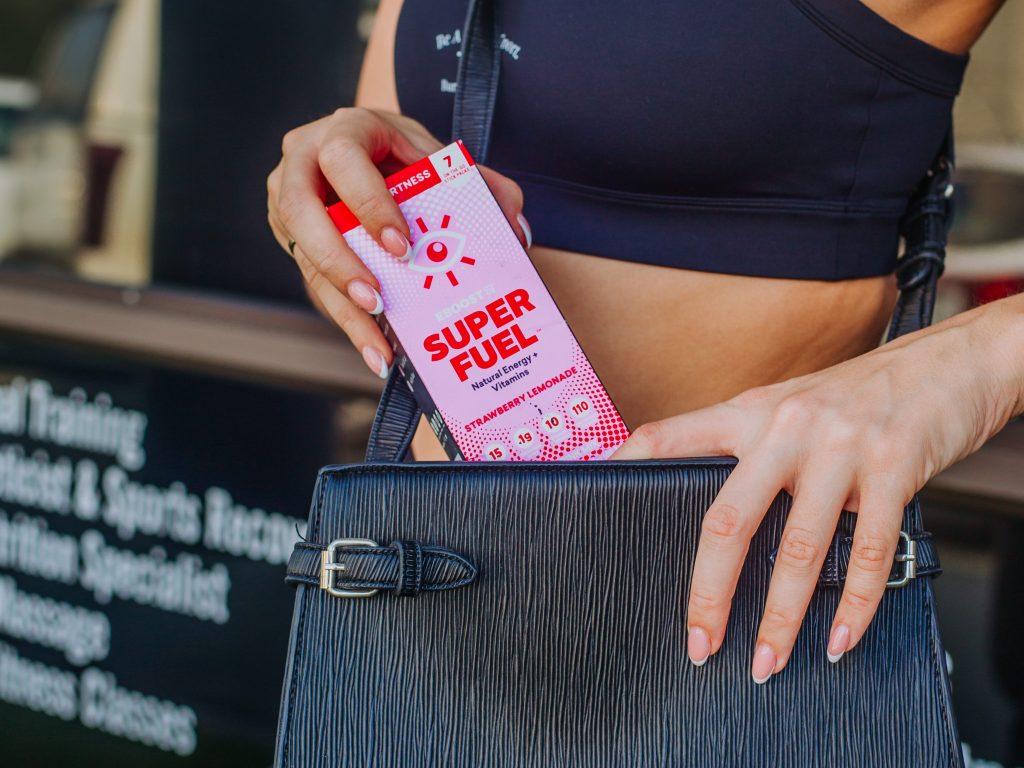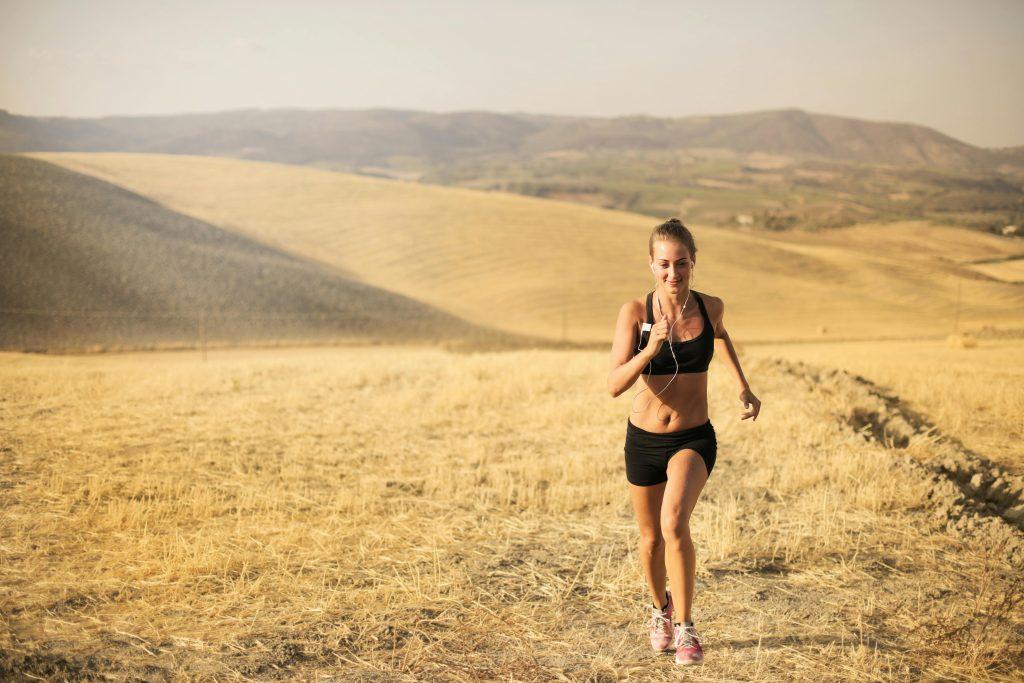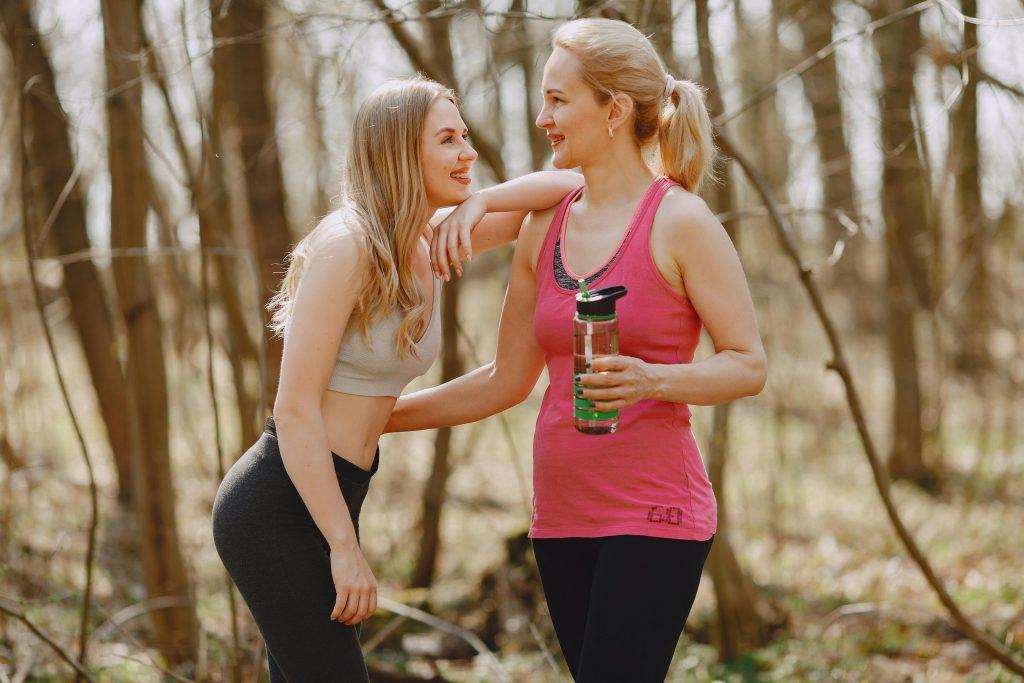Flexibility is the ability of your muscles and other connective tissues to stretch temporarily. It is essential just to function in everyday life, and everyone should strive to be flexible. Flexibility is needed to release muscle tension and promote relaxation. It’s hard to get comfortable if your body constantly aches, right? To increase your overall flexibility, it’s best to incorporate a combination of breath work, static stretching, and dynamic stretching.
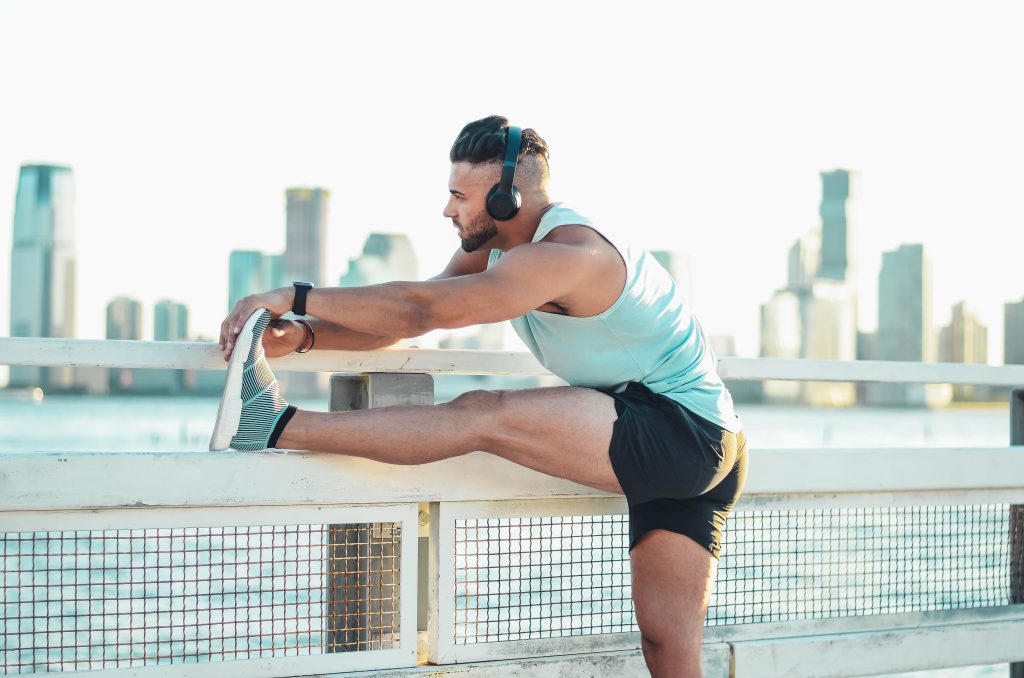
How to Increase Your Flexibility
The easiest way to add in focusing on increasing your flexibility is, if you already have an exercise routine, to add a short session of breath work and dynamic stretching before a workout and static stretching afterward. Another great time to work it in is to make stretching part of your morning or bedtime routine.
Breath Work
Proper breathing is an important part of stretching. And when we talk about proper breathing, we are really talking about diaphragmatic breathing. Its intention is to teach you how to breathe more effectively. Through practice, it strengthens your diaphragm and core muscles which leads to better flexibility.
Static Stretches
Static stretching is where you come into a stretch and hold that position without moving. When starting a static stretching session it is important to remember a few things.
- Get the blood pumping. Spend 5 to 10 minutes on a low-intensity warmup, such as walking, to get your muscles warm beforehand. Stretching muscles that aren’t warmed up can increase your chances of injury.
- Don’t bounce. It is important to not try and reach and release repeatedly. Try to hold at the point of tension for 15 to 30 seconds, then relax and repeat. Remember to stretch to the point of tension, then stop there. Don’t bounce to it.
- Remember to breathe. Pay attention to your inhale and exhale by adding in that diaphragmatic breathing whenever possible.
Types of static stretches:
- Forward Fold
- Straddle Stretch
- Figure Four
- Side Bend
- Neck Tilts
- Chest Stretch
- Hip Opener
Try to do a series of at least 5 stretches during each session, which should take you about 10-15 minutes.
Dynamic Stretches
Dynamic stretches are stretching with movement. Instead of coming into a position and holding it, a dynamic stretch’s goal is to put the muscles and joints through a full range of motion.
Types of dynamic stretches:
- Leg Swings
- Arm Circles
- High Knees
- Lunge with a Back Bend
- Torso Twists
- Inch Worms
- Perfect Stretch
Try to do a series of 5 stretches and stretch for 30 seconds.
Remember, with all types of stretching, that form is important. Don’t try to force yourself into a position it is not ready for. If you start to feel pain or significant discomfort, stop immediately. Stretching just 30 minutes a week can dramatically increase your flexibility over time. We discussed earlier doing 10ish minutes at a time, which means you just need to stretch 3 days a week, divided up evenly.
Being flexible and adding stretching into your routine is great for recovery, and do you know what else is great for recovery? RESCUE! RESCUE is our BCAAs formula that helps support muscle protein synthesis and can help support muscle recovery, muscle strength and delay muscle fatigue. It is vegan and perfect for both men and women.
